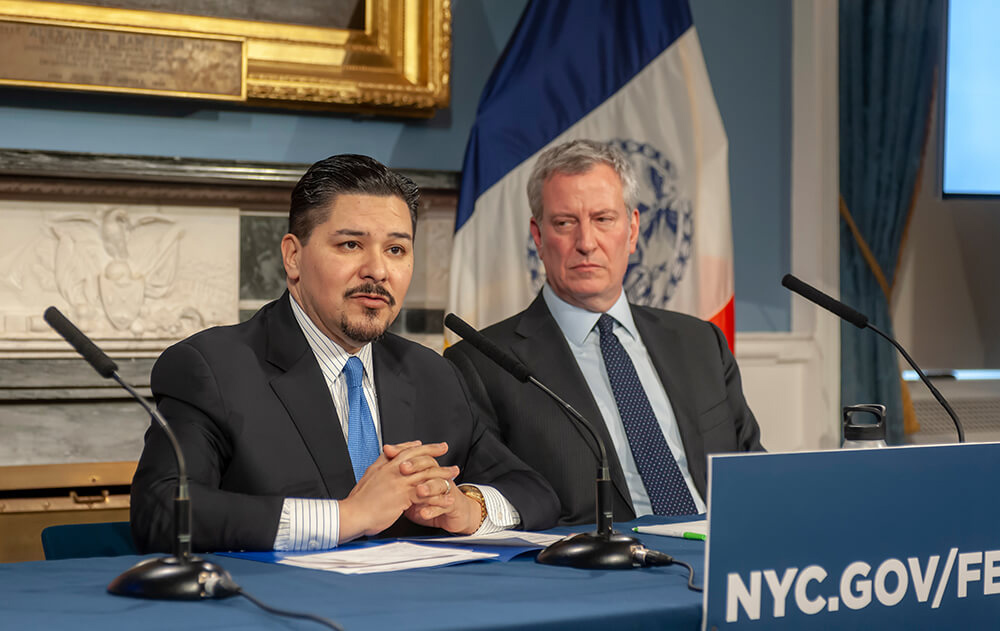By: Nestor Rodriguez
New York City’s Public School Chancellor Richard Carranza continues to take heat.
According to the New York Post, New York City maintains 930 “excess” teachers on its payroll, as well as other staffers who are not listed as having permanent positions.
“As of this month, the tenured teachers alone cost the Department of Education close to $100 million a year in salary and benefits, but remain idle or serve as roving substitutes,” the Post reported. “DOE officials refused multiple requests to reveal the number of guidance counselors, social workers, secretaries and others in the “Absent Teacher Reserve.” Despite the surplus personnel, the DOE continues to beef up its workforce.”
Carranza said during an interview on radio station Hot97 several weeks ago that he and his department “hired over 5,000 teachers over the summer.”
Department of Education spokesperson Danielle Filson said that her department hired just 4,800 new “teachers, guidance counselors and social workers.”
Carranza has come under fire from the press and the public at large many times during tenure. Earlier this month, he said that the “core elements of his agenda — including implicit bias training and making sure classroom materials reflect a diverse set of experiences — are not just sound education practice, but are urgently important for student survival,” according to chalkbeat.org.
“Referencing rhetoric from federal and local officials “that students are hearing all the time about who they are, where they come from, what their parents are,” Carranza suggested students are internalizing harmful messages,” he told Chalk Beat. “So, the idea of implicit bias training, the idea of having culturally responsive and sustaining curricula and pedagogy is not a matter of just educational practice,” he said. “In many of our communities, it’s a matter of life and death.” Carranza’s comments are striking because they underscore his belief that those policies will have dramatic ripple effects in students’ lives. They are also defining elements of his agenda for the nation’s largest school system.”
Some of his plans have tested racial sensitivities. According to the Amsterdam News back in late September, “The white-washing of school curriculum is a common concern for people of color. With general coverage of slavery and the Civil Rights Movement, in-depth coverage of Black, Latinx and Asian history and literature is greatly lacking in school curiculums (sic) today. But, with such a diverse student makeup, incorporating material that represents the student body is of high importance. According to the chancellor, the state determines what students should learn in what is called “state standards.” However, how teachers go about teaching those standards is more flexible.
“It’s critically important that what students read, who they read about, the experiences, the historical events, the celebrations are reflective of who our students are,” said Carranza.





